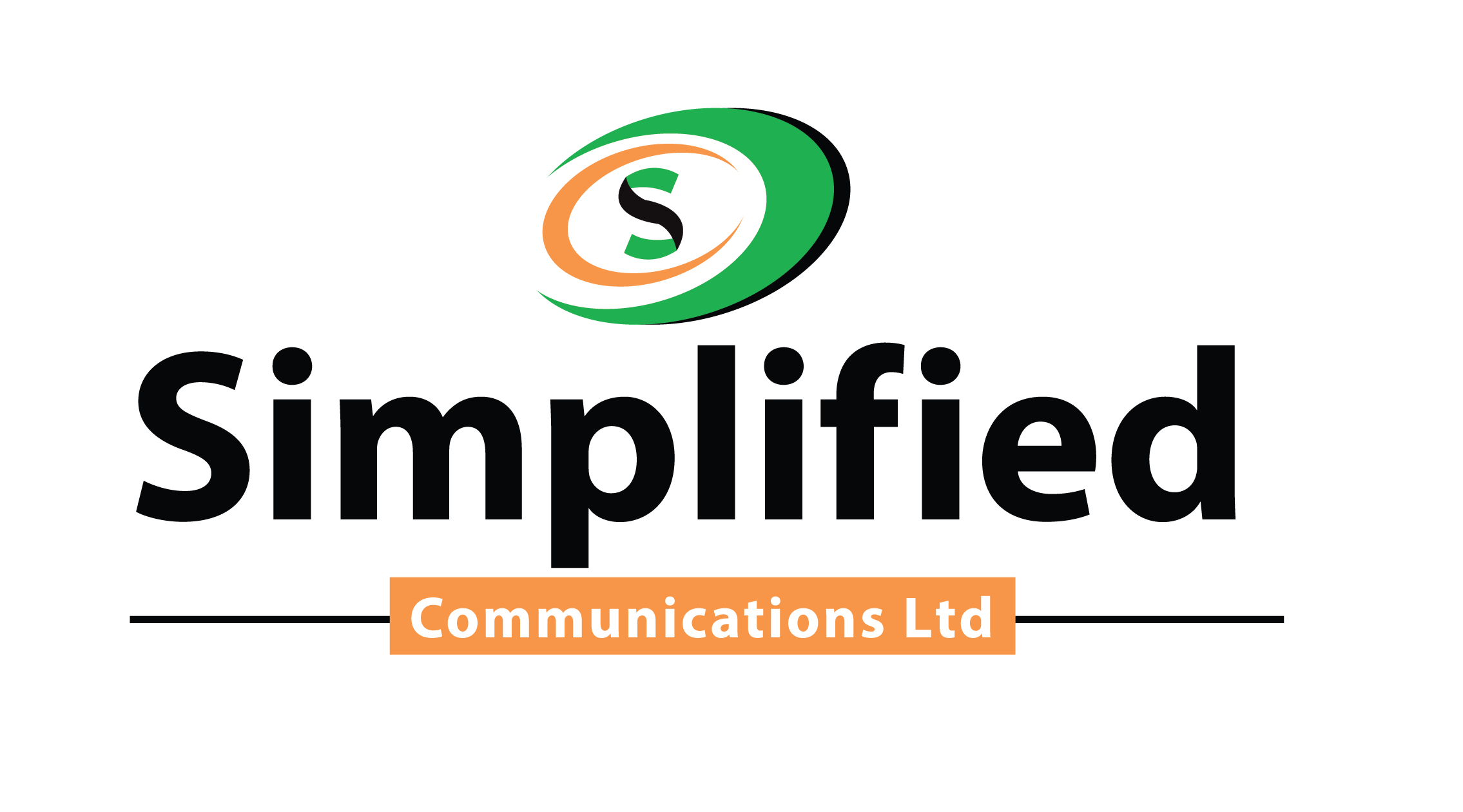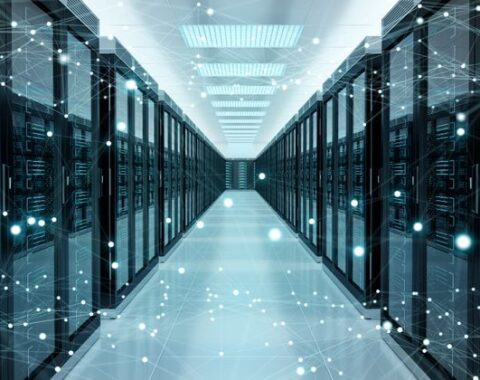IT maintenance services refer to a wide range of activities designed to ensure the smooth, efficient, and secure operation of an organization’s IT systems and infrastructure. These services can be preventive, corrective, or proactive and cover both hardware and software components. Below are the different types of services offered by our company :
1. Hardware Maintenance
Routine Inspections and Diagnostics: Regular checks on hardware components like servers, desktops, laptops, routers, switches, etc., to ensure they are working properly.
Preventive Maintenance: Cleaning, dusting, and checking for hardware failures to prevent breakdowns (e.g., fan cleaning, cable management).
Hardware Repair and Replacement: Fixing or replacing damaged or failing hardware components such as hard drives, RAM, CPUs, or power supplies.
Upgrades: Replacing outdated components (e.g., upgrading memory, increasing storage, replacing faulty parts).
2. Software Maintenance
Software Updates and Patches: Regularly updating software, operating systems, and applications to fix bugs, close security vulnerabilities, and improve functionality.
Version Upgrades: Upgrading software to the latest versions to access new features, enhance security, and improve performance.
License Management: Ensuring that all software is properly licensed and up-to-date with required renewals.
Security Patches and Vulnerability Management: Keeping systems secure by applying security patches to prevent exploits or attacks.
3. Network Maintenance.
Network Monitoring: Continuous monitoring of network infrastructure (routers, switches, firewalls, etc.) to detect and address any issues that may affect network performance or security.
Bandwidth Management: Optimizing bandwidth to ensure that applications and users have adequate access to resources.
Firewall and Security Updates: Configuring, updating, and monitoring firewalls to ensure the network is secure.
Network Troubleshooting: Diagnosing and fixing network problems, such as slow performance, connectivity issues, or configuration errors.
Virtual Private Network (VPN) Management: Ensuring secure remote access to company networks.
4. Data Backup and Disaster Recovery
Backup Services: Setting up and maintaining regular backups of critical data and systems to prevent data loss.
Cloud Backup: Managing cloud-based backup solutions for offsite data storage, ensuring that backups are up-to-date and reliable.
Disaster Recovery Planning: Developing and testing plans to restore data and services in the event of a disaster, ensuring business continuity.
Restoration and Data Recovery: Recovering lost or corrupted data and restoring systems to their previous working states.
5. System Monitoring and Performance Tuning
Monitoring Services: Continuously monitoring servers, workstations, applications, and networks to ensure that systems are performing optimally and proactively addressing issues.
System Performance Tuning: Optimizing system performance by adjusting configurations, clearing unnecessary files, or removing unused software.
Capacity Planning: Ensuring that IT infrastructure can handle future demands by assessing current usage patterns and predicting future needs.
Log Management: Reviewing system logs to identify and address errors or suspicious activities.
6. Security Services
Antivirus and Anti-malware Management: Installing, updating, and monitoring antivirus software to protect systems from viruses, malware, and other threats.
Access Control Management: Configuring user permissions, setting up multi-factor authentication, and enforcing secure login practices.
Intrusion Detection and Prevention: Implementing and monitoring systems that detect and prevent unauthorized access to IT systems.
Security Audits and Vulnerability Assessments: Regular audits and scans of the network and systems to identify potential security weaknesses or risks.
Encryption Services: Ensuring that sensitive data is encrypted during transmission or while at rest.
7. Helpdesk and Technical Support
User Support and Troubleshooting: Providing assistance to end users who encounter issues with hardware or software, including problem-solving, repairs, and guidance.
Remote IT Support: Offering remote troubleshooting and support to resolve issues without needing to be physically present.
Incident Management: Addressing and managing service interruptions or incidents to restore systems to normal operation.
Ticketing System Management: Managing user-reported issues via a ticketing system, tracking progress, and ensuring timely resolution.
8. Cloud Services Maintenance
Cloud Resource Management: Ensuring the optimal performance of cloud-based infrastructure, including server provisioning, scaling, and cost optimization.
Cloud Security: Monitoring cloud environments to ensure data is secure and access is restricted to authorized users.
Cloud Backup: Ensuring that cloud-based data is backed up regularly to prevent data loss in case of failures.
Cloud Migration: Managing the transition of applications or data from on-premise to cloud-based systems.
9. Database Maintenance
Database Backups: Regularly backing up databases to prevent data loss.
Database Optimization: Analyzing and optimizing the performance of databases, including query optimization, indexing, and archiving old data.
Database Security: Implementing security controls to protect sensitive data stored in databases, such as encryption and access controls.
Database Updates and Patches: Keeping the database management systems up-to-date with the latest patches and upgrades.
10. System Administration
User Account Management: Creating, managing, and removing user accounts, as well as assigning appropriate permissions.
System Configuration and Customization: Configuring and tuning operating systems and applications to ensure they meet the specific needs of the organization.
Automation and Scripting: Automating repetitive tasks using scripts to improve efficiency and reduce the risk of human error.
Compliance Management: Ensuring that IT systems comply with relevant regulations (e.g. HIPAA).
11. IT Infrastructure Maintenance
Server Maintenance: Regular servicing of servers, including OS updates, hardware checks, and performance optimization.
Storage Maintenance: Managing storage resources, including storage area networks (SANs), network-attached storage (NAS), and cloud storage.
Virtualization Management: Overseeing virtualized environments to ensure resource allocation is balanced and efficient.
Environmental Monitoring: Ensuring that physical conditions (temperature, humidity, etc.) in server rooms and data centers are optimal.
12. IT Asset Management
Asset Tracking: Managing and keeping track of all IT assets, including hardware and software, to ensure they are functioning correctly and are within their life cycle.
Inventory Management: Keeping records of IT inventory and ensuring that all assets are properly maintained and replaced as needed.
13. IT Consultation and Strategy.
IT Audits: Conducting audits to evaluate the efficiency, security, and compliance of IT infrastructure and systems.
Technology Planning and Roadmaps: Offering strategic guidance on the future direction of IT systems, including upgrades, new technology implementations, and scalability.


